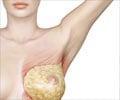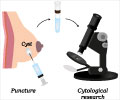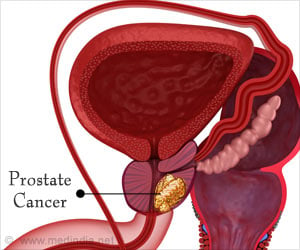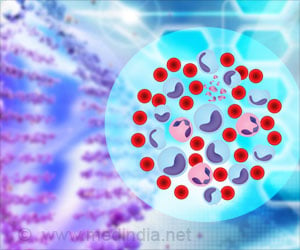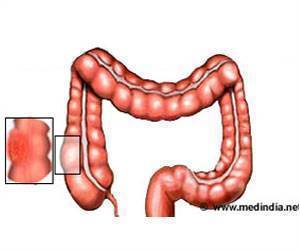
In order to determine the differences between the WHI trial and other observational studies, Rowan T. Chlebowski, M.D., Ph.D., Los Angeles Biomedical Research Institute (LA BioMed) lead researcher and colleagues, looked at postmenopausal women with no prior hysterectomy with negative mammograms within two years who were either users or non-users of estrogen and progestin combined therapy.
The researchers found that breast cancer incidence was higher in estrogen plus progestin users than incidence in nonusers. Women who started hormone therapy closer to menopause had a higher breast cancer risk with a weakening influence as the time from menopause increased.
"Because survival after breast cancer diagnosis did not differ between estrogen plus progestin users and nonusers, the higher breast cancer incidence of those using estrogen plus progestin may lead to increased breast cancer mortality on a population basis," the authors write.
In an accompanying editorial, Catherine Schairer, Ph.D., and Louise A. Brinton, Ph.D., both of the National Cancer Institute, write that questions remain about whether the data analyzed from the WHI observational study resolves the differences in tumor prognosis and tumor characteristics when compared to the WHI randomized trial. They write that, "In general, tumors in estrogen plus progestin users in the WHI Observational Study were not significantly different from those in non-hormone users with regard to number of positive lymph nodes or tumor size, but were more likely to be well differentiated and positive for hormone receptors, findings which are similar to other observational studies." This, however, did not translate into a survival benefit. They recommend further analyses in this and other datasets of currency and duration of hormone use in relationship to tumor development to fully resolve the issue of tumor characteristics associated with estrogen plus progestin therapy.



